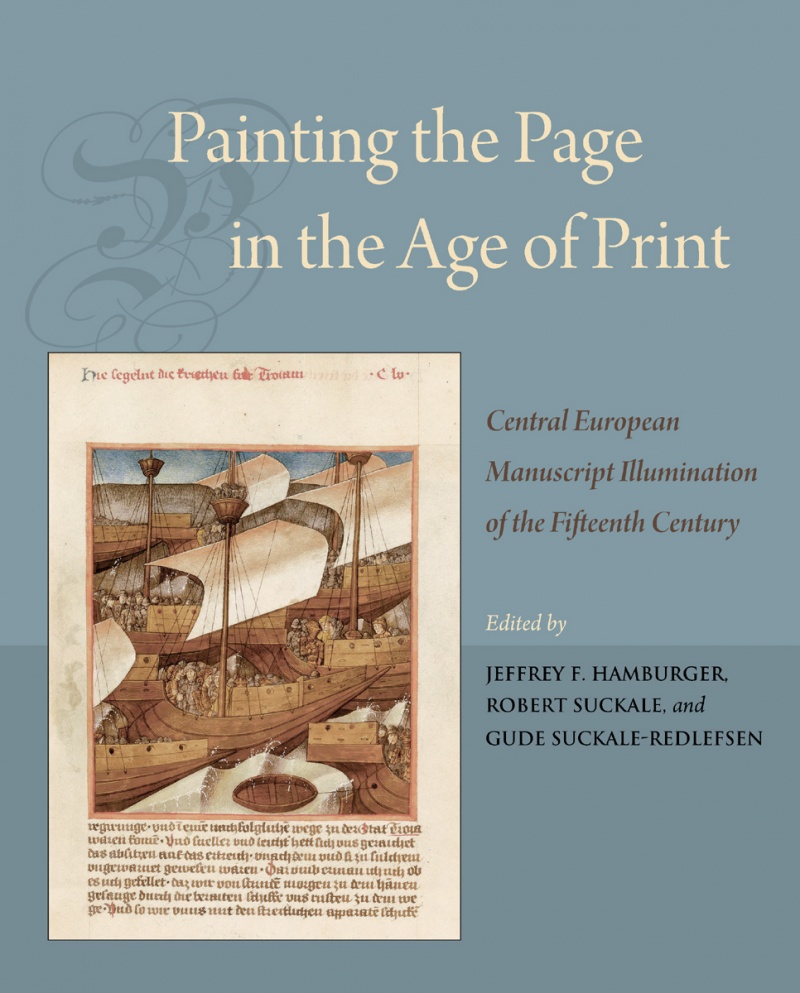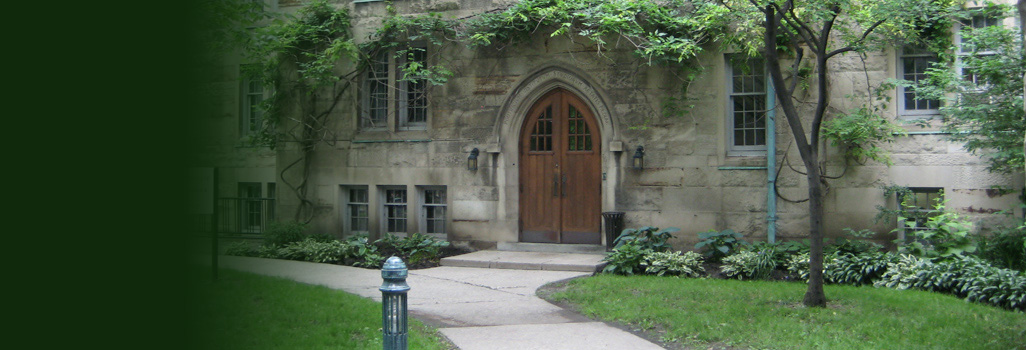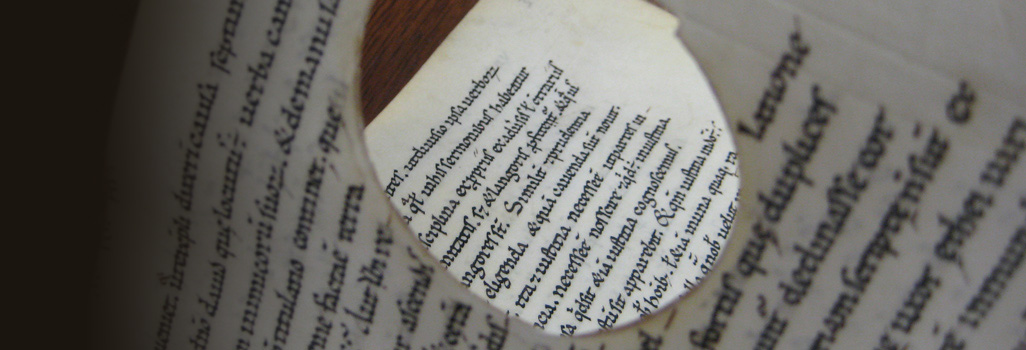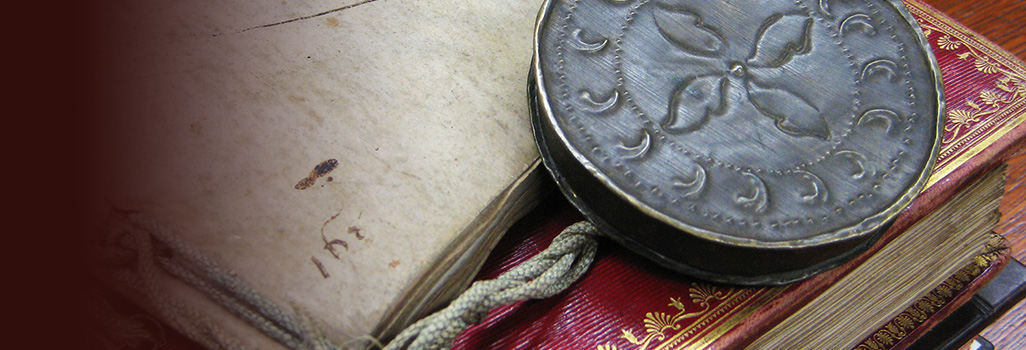
Painting the Page in the Age of Print: Central European Manuscript Illumination of the Fifteenth Century
Translated by David Sánchez
Studies and Texts 208; Text Image Context: Studies in Medieval Manuscript Illumination 4 • 2018 • xxxiv + 330 pp. • ISBN 978-0-88844-208-6 • Cloth • $110
The history of the book in the late Middle Ages is associated especially with Gutenberg’s momentous invention of printing with movable type. Printing, however, hardly replaced the manuscript book overnight; in respect to content, materials, format, decoration, dissemination, and technique, the fifteenth century in German-speaking lands witnessed an extraordinary range of innovation and experimentation. Nonetheless, over a century of scholarship has tended to dismiss the illuminated manuscripts produced in central Europe between 1400 and the Reformation, the vast majority of them unknown beyond a small group of specialists, as mediocre manifestations of a culture in decline. This book – originally published in German to accompany a series of exhibitions in Germany, Austria, and Switzerland from 2015 to 2017 – was written to challenge these prejudices and the weight of tradition they represent.
It contains four wide-ranging essays that for the first time give an overview of fifteenth-century illumination in central Europe, from the overweening luxury of the manuscripts produced at the court of Wenzel IV in Prague in the late fourteenth century to the classical texts illuminated in the context of northern European humanism in the early sixteenth century. After an introduction that considers issues of politics and patronage as well as changing patterns of production, the second chapter focuses on religious manuscripts, both those for ecclesiastical institutions as well as those for private individuals, and the third on secular manuscripts ranging from works of high literature to practical texts on such topics as alchemy and astrology, cartography and travel, civic and regional history, medicine, and law. A final chapter considers the role of illumination in the decoration of the Gutenberg Bible and, consequently, in the emergence of novel approaches to book design and the dissemination of information in the latter half of the fifteenth century.
Contributors
Jeffrey F. Hamburger (Ph.D. Yale University, 1987), since 2000 the Kuno Francke Professor of German Art & Culture at Harvard University, taught previously at the University of Toronto and Oberlin College. Among his principal areas of interest are the art of female monasticism in the Middle Ages, medieval manuscript illumination, the inter relationships between text and image and between art, theology, mysticism and medieval image theory, as well as, most recently, medieval diagrams. A member of the American Academy of Arts and Sciences, he is also a member of the American Philosophical Society, a Fellow of the Medieval Academy of America, and a corresponding member of the Monumenta Germaniae Historica. He holds an honorary degree from the University of Bern.
Eberhard König studied the history of art, classical archaeology and history in Tübingen, Paris, and Oxford before receiving his degree from the University in Bonn (1975). Prior to assuming a professorship at the Freie Universität in Berlin (1986–2012), he taught at the University of Kiel (1976–1981). The world’s foremost expert on the illumination of German incunables as well as an authority on French and Flemish manuscript illumination of the later Middle Ages, he received the Prix Eugène Carrière of the Académie française in 1999 for his book on the Très Belles Heures de Notre-Dame of Jean, duc de Berry. In 2009 he was named a Chevalier of the l’Ordre des Arts et des Lettres.
Having studied art history, classical archaeology and medieval Latin in Berlin, Bonn, and Munich, Robert Suckale (Berlin) served as an assistant professor in Munich (1970–1980), professor in Bamberg (1980–1990), and from 1990 to 2003 at the Technische Universität in Berlin. Although he has published widely on medieval architecture, sculpture, painting and manuscript illumination, he is an encyclopedist, interested in the entire field of European art and architecture until the present day, and in the history and theory of the history of art. An honorary member of the American Academy of Arts and Sciences and a Directeur d’études associé de l’École de Hautes Études en Sciences Sociales in Paris, he also holds an honorary degree from the University of London (Courtauld Institute).
Gude Suckale-Redlefsen (Berlin) studied the history of art and Early Christian and classical archaeology in Freiburg i. Br. and Munich, where, after graduating in 1970, she worked in the Stadtmuseum. A long-term grant from the Menil Foundation permitted her to publish her study on The Black Saint Maurice (1987) in their series, “The Image of the Black.” From 1987 to 2003 she was employed by the Deutsche Forschungsgemeinschaft to catalogue the medieval illuminated manuscripts in the State Library Bamberg from the Carolingian, Ottonian, and Romanesque eras. In addition to contributing to facsimile editions and exhibition catalogues, she also maintains an interest in secular imagery and the role of women in medieval art.
Contents
Preface • vii
Acknowledgements • xiii
List of Figures • xv
Contributors • xxx
Abbreviations • xxxi
Map • xxxiii
1 • ROBERT SUCKALE and GUDE SUCKALE-REDLEFSEN • Manuscript Illumination in Central Europe and Its Historical Context • 1
2 • JEFFREY F. HAMBURGER • Old Wine in New Bottles? The Illumination of Religious Manuscripts • 85
3 • GUDE SUCKALE-REDLEFSEN • Between Faith, Myth, and Knowledge: Manuscript Illumination in Secular Literature • 187
4 • EBERHARD KÖNIG • Colour for the Black Art • 265
Notes • 291
Bibliography • 303
Illustration Credits • 323
Index of Manuscripts • 327
Endorsements
“Painting the Page in the Age of Print is an English edition of a volume published to accompany a ground-breaking series of exhibitions of illuminated manuscripts from central Europe. Written by a quartet of senior scholars with unparalleled knowledge of the diversity, the creativity, and the full aesthetic range of illuminated manuscripts produced in German-speaking regions during the late Middle Ages, it offers an essential introduction to the complex social, political, and artistic settings in which these manuscripts were fashioned. The book’s many color illustrations, of both familiar and little-known examples, and its texts, provide readers with new understanding of the movements of artists and the transmission of artistic styles across wide areas, and of the aesthetic creativity and exuberance of manuscripts that intermix old and new techniques and traditions. Painting the Page will be essential reading for all those interested in the roles of patrons, books, and book design in shaping the cultural history of late medieval Europe.” — James H. Marrow, Princeton University
Ordering
Customers in North America please order through University of Toronto Press Distribution by phone (1-800-565-9523) or by email (utpbooks@utpress.utoronto.ca). If you would like to order through UTP Distribution using another method such as mail or fax, please click here for a full list of contact and ordering methods. PIMS books are also available on Amazon.ca (for Canadian customers) and Amazon.com (for customers in the U.S.).
Customers outside North America please order through Brepols Publishers. PIMS books are available through the Brepols online catalogue.


